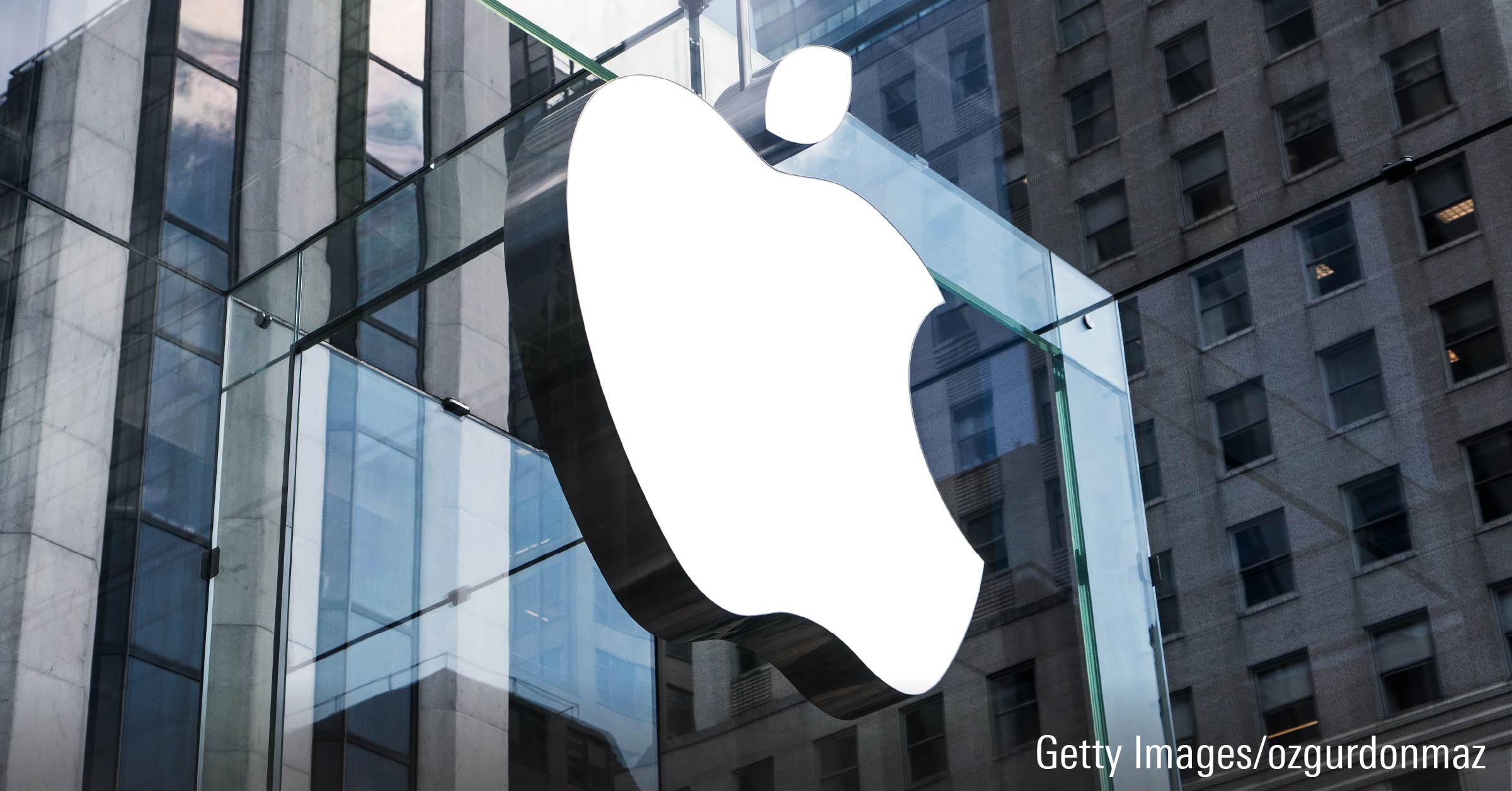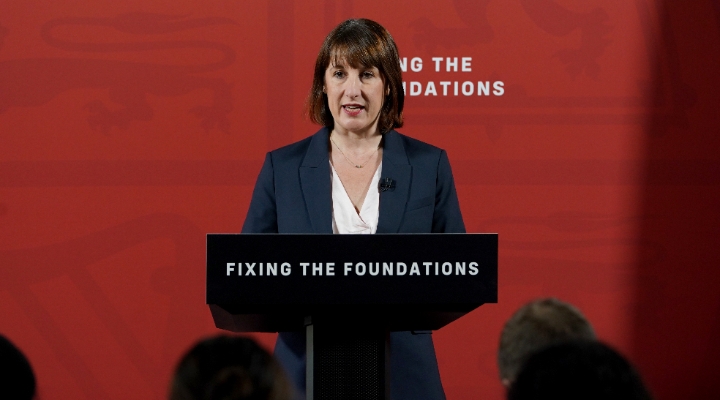Back in 1995 the investment trust sector contained 17 funds that were already centenarians and a further 100 funds that were more than 50 years old. Many of their names were eccentric and gave little clue as to their investment remit. They invested primarily in listed equities and little else.
Roll forward to 2015 and there are pockets of the investment trust sector that are little different today. We still see funds with eccentric names, equities still make up the bulk of investments, and a fair proportion of investment trusts that existed then still exist today. In fact, all 17 funds that were centenarians in 1995 are still very much alive and kicking.
There is also consistency among the funds’ managers themselves, with some boasting tenures at these funds that are extremely rare to see anywhere in the industry.

At the vast majority of these funds, the managers have delivered solid long-term outperformance relative to their Morningstar category peers; furthermore, their investment objective has little changed throughout their tenure. Thus these managers have been able to prove their skills over multiple market cycles and demonstrate the importance of a long-term mindset when investing. In other words, they’ve been allowed to simply ‘get on with it.’
They haven’t had to deal with over-active marketing departments jumping on a prevailing trend, or large inflows and outflows of money as investors react to those trends. They’ve simply been allowed to invest for the long term without the noise of cashflow. In most cases, that has been highly beneficial for the funds’ investors. That said, it’s true that change would be welcome at one or two of these funds.
Change has been witnessed more broadly in investment trusts over the last 20 years. In 1995, the Conservative government introduced through legislation the concept of venture capital trust companies; this was designed to encourage investment into new UK businesses through publicly traded private equity companies. The tax relief that goes hand-in-hand with investing in VCTs, either at their start or through the secondary market, has meant an explosion of launches: more than a quarter of investment trusts launched since 1995 that are still in existence today are VCTs, and that doesn’t take into account those that have run their course.
These funds are typically very small—in aggregate they account for just over £3 billion in assets—but it’s exactly that feature that affords them success. One of the benefits of the fixed asset base of the investment company structure means the investment managers can deploy capital to very small businesses—listed and unlisted—and even act as a firm’s financier when traditional channels may not be open to them. This, in turn, helps to encourage growth, innovation and entrepreneurship in British industry.
The investment trust sector is one that is well-suited to innovation and change—arguably this is another key strength of the fund’s structure. But that innovation nearly led to the sector’s downfall in the early 2000s. The split capital investment trust scandal was described by the Financial Services Authority (now the Financial Conduct Authority) at that time as the worst misconduct it had ever seen. While the industry fought back, it left many investors and their advisers badly scarred and nursing hefty losses. Context here is important: split capital investment trusts accounted for a small proportion of the investment trust sector as a whole, by asset size, yet the contagion effect spread far and wide and many funds were found guilty by association just for being investment trusts—not split-caps. Even today, I meet investors and advisers who won’t go near any investment trust out of principle because of the split-cap crisis.
That’s a shame, in my view, as investment trusts have some key attributes that make them more relevant than ever to today’s investors and all it takes is some thorough research and understanding to realise that every fund—regardless of its legal structure—has benefits as well as weaknesses. With interest rates at all-time lows, the search for yield from investment portfolios is ever more challenging; not only can investment trusts help to fulfil this need, they can reasonably be relied upon to make good on their income commitments, courtesy of the fund’s board.
The independent board of directors is charged with keeping the fund relevant for today’s—and tomorrow’s—investors. This is one key area that has evolved over the last 20 years much for the better, prompted in part by the spit-cap scandal and driven by the Association of Investment Companies (AIC), in tandem with changes in the UK Corporate Governance Code legislation for all companies listed on a UK stock exchange. Since that scandal, boards now comprise a majority of members who are independent of the investment manager; further, a board must state its reasons if it considers a director who has served for more than nine years is still independent. While longevity of service at an investment trust board has clear benefits in terms of retaining intellectual knowledge of the fund and its history, this needs to be balanced with a mix of tenures and skills across all board members to ensure the relationship with the investment manager remains one of continual challenge and question, and not complacency. Nonetheless, there is still room for improvement here, and boards need to shake off their fuddy-duddy image if they want to prove their worth to today’s investors.
Indeed, investment trusts have tended to struggle in the competition for assets against their open-end equity fund peers, and that’s likely to continue in the near-term, particularly for plain-vanilla equity funds, for a number of reasons. While many of the smaller fund platforms include investment trusts, the big three have yet to do so—FundsNetwork, Cofunds and Skandia (now Old Mutual Wealth)—and these are the platforms used most prominently by financial advisers.
However, we have seen a rise in illiquid and physical-asset investment company launches in the last 20 years—an area where they win hands down compared with other fund structures. As a result of innovation in the last two decades, an investor can now buy shares in several airbuses through Doric Nimrod, gold coins through Avarae, timber through Phaunos, infrastructure contracts through HICL, wind farms through Greencoat and catastrophe reinsurance contracts through CATCo, to name just a few. Only 12% of funds launched in the last five years invest in listed equities, compared with 20% since 1995, and it’s likely that that percentage will decrease further from here in the coming years.
We think the future outlook for investment trusts is optimistic; if one believes in the continuation of capitalism then there exists the opportunity for investors to make money.

The next 20 years could see many more funds launched, offering different aspects of diversification for investors’ portfolios. An investment trust is simply a legal structure that facilitates this and the sooner everyone remembers this, the better their use is likely to be. It just takes some willingness, a little bit of education and thorough research.





























